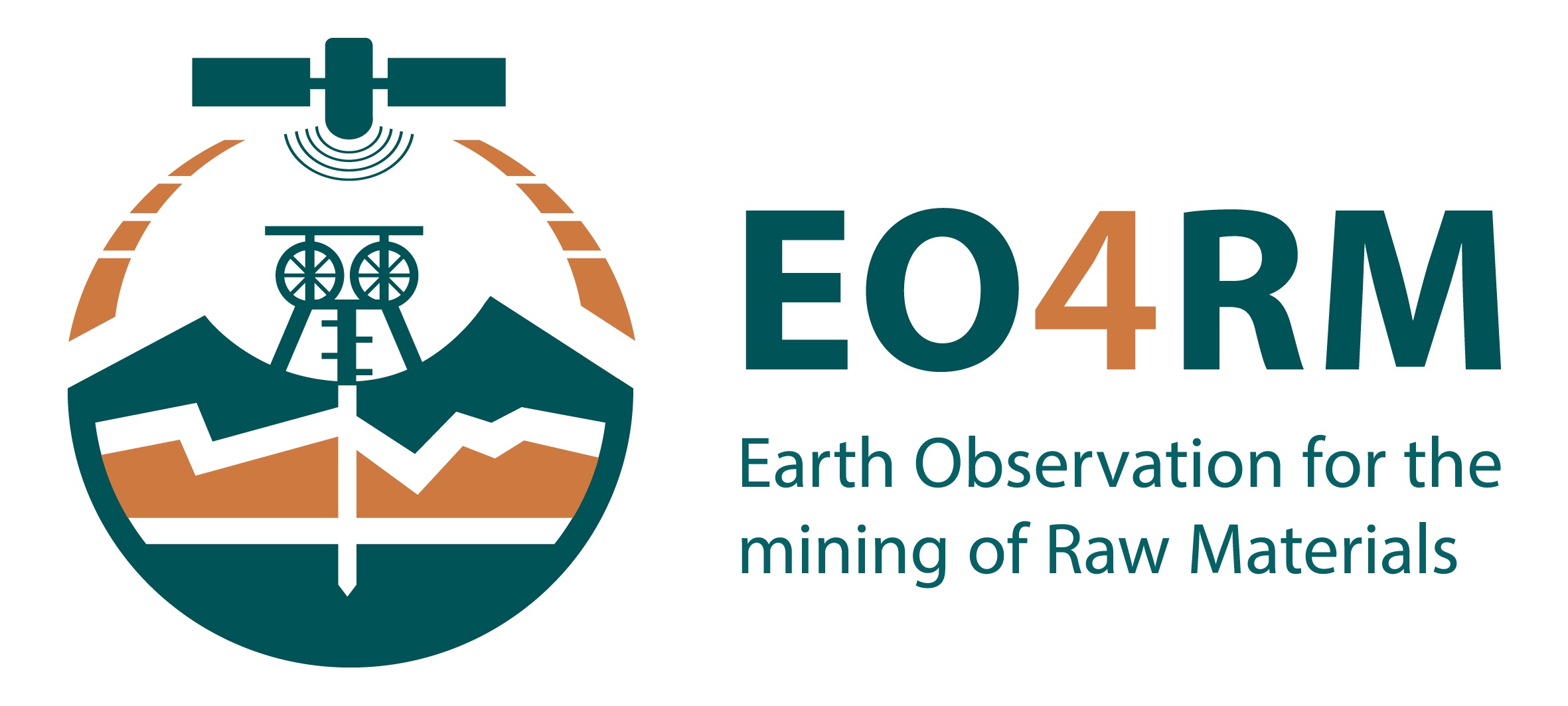Waste Accumulation Monitoring | ||||||||
Bulk waste material monitoring tool estimating volumes and material class | ||||||||
PRODUCT DESCRIPTION | ||||||||
Category | ||||||||
|
| |||||||
Uses | ||||||||
| Monitoring tool for estimating volumes and material classes of bulk (waste)material stocks / piles. | ||||||||
Challenges addressed | ||||||||
| Development and Operations – Environmental Monitoring | ||||||||
Geo-information needs | ||||||||
| DO 26: Waste management – audit of accumulations | ||||||||
Description | ||||||||
This product provides information on where and when changes occur during, construction, production and decommissioning of large mining / production sites. Particularly the product informs about volume changes of bulk material storages such as solid waste streams. SAR imagery is used to identify where exactly the changes on large sites have occurred. Subsequently optical imagery is acquired for the specific locations where changes have been notified. The optical imagery allows for quantitative estimations of bulk material volumes and material classes. Advanced SAR based change detection algorithms are applied to create change maps for large scale production / mining sites. SAR based classification algorithms are used to remove irrelevant changes from the change map that are not related to bulk material changes. For the remaining relevant changes optical imagery is acquired. ML trained algorithms recognize the patterns of bulk material storages / piles and demarcate the base perimeter of the bulk stock. ML based feature recognition is used to characterize the pile shape (cone, ridge, plateau etc.) and a model is applied to determine the critical slope of the pile, which together result in a volume estimation of the waste stream. The available RGB IR / (V)NIR bands are used to determine the material classes based on spectrometry. For detecting bulk volume changes >50 m3 low resolution SAR imagery (5 x 20 m) of the Sentinel-1 constellation is sufficient. For smaller volume increments commercial HR SAR products from e.g. TerraSAR-X (3 x 3 m) need to be used. For quantifying the volume of waste / bulk volume changes, mid-resolution (e.g., Sentinel-2) or HR RGB imagery (1 / 1.5 m) should be used. | ||||||||
Known restrictions / limitations | ||||||||
Small changes in waste volumes (<5 m3) will not be detected reliably with available SAR data. Below <50 m3 HR SAR data (3 x 3 m) is required. With the availability of LR S-1 SAR images, the largest parts of the earth surface can be revisited with a frequency of ~60x per year but at least 30x per year. Resolution vs. optical bands: More granular material classification requires more bands which is lowering the ground resolution and hence the accuracy. The volume estimator is based on ML algorithms and hence its accuracy based on the amount of training data (which is growing). | ||||||||
Lifecycle stage and demand | ||||||||
Exploration | Environmental Assessment and Permitting | Design, Construction and Operations | Mine Closure and Aftercare | |||||
| ■ | ■■■ | ■■■■ | ■■ | |||||
| ||||||||
Geographic coverage | ||||||||
| Global coverage | ||||||||
EARSC Thematic Domain | ||||||||
Domain | Land | |||||||
| Sub-domain | Land Ecosystems / Topography | |||||||
| Product description | Monitor land pollution and change / Monitor ground movements | |||||||
PRODUCT SPECIFICATIONS | ||||||||
Input data sources | ||||||||
| Satellite | Sentinel-1 | TerraSAR-X | SkySat | TripleSat | SPOT 6, 7 | |||
| Status | In operation | In operation | In operation | In operation | In operation | |||
| Operator | ESA | Airbus Defence & Space | Planet | 21AT | Airbus Defence and Space | |||
| Data availability | Public | Commercial, on demand | Commercial, on demand | Commercial, on demand | Commercial, on demand | |||
| Resolution (m) | 20x4 | 3x3 or 1x1 | 0.8 | 0.8 | 1.5 | |||
| Coverage | Global | Global | Global | Global | Global | |||
| Frequency (days) | 6-12 | 11 | 3 | 3 | < 1 | |||
| Launch year | 2014 | 2007 | 2013 | 2015 | 2012/2014 | |||
Website | link | link | link | link | link | |||
Minimum Mapping Unit (MMU) | ||||||||
The satellite can detect very small features (~decimeters), provided that objects and/or surfaces of interest reflect well enough. Generally, solid, stable, angular objects are the best reflectors. | ||||||||
Accuracy / constraints | ||||||||
Thematic accuracy: The technique works best on waste containing solid, stable, angular objects like solid rocks, larger heaps of materials etc. Water cannot be measured and vegetated surfaces are more difficult to measure. Spatial accuracy: Dependent on the satellite resolution. The measurement can be located on sub-pixel level, typically in the order of 1-5 meters. | ||||||||
Accuracy assessment approach & quality control measures | ||||||||
The quality is assessed by automated, thoroughly tested, QC algorithms and deliver validated results. The quality of the product and the approach taken are described in an automated report, ensuring high quality and reproducibility. | ||||||||
Frequency / timeliness | ||||||||
Observation frequency: For SAR satellites varying from 1x per 3 days to 1x per 12 days. For optical satellites 1x per 3 days typically. Timeliness of delivery: Typically within 24 hrs for SAR satellite fly-over. | ||||||||
Availability | ||||||||
| ||||||||
Delivery / output format | ||||||||
| ||||||||
USE CASE | ||||||||
| As can be seen in the product figure (source: Orbital Eye) at the top of the product sheet, a monitoring tool has been developed to detect changes in volume of bulk material storages, such as solid waste streams. SAR imagery is used to identify where exactly the changes have occurred. Subsequently, optical imagery is acquired and allows for quantitative estimation of bulk material volumes, material classes, and demarcation of the base perimeter of the bulk stock. | ||||||||


This page has no comments.